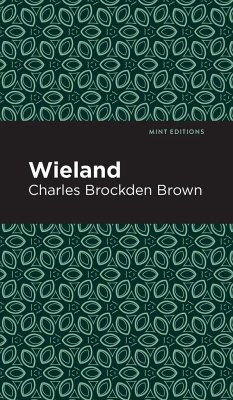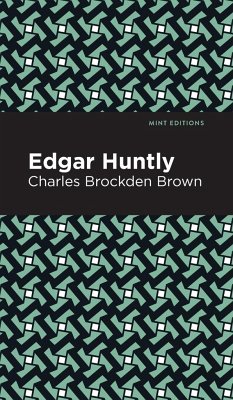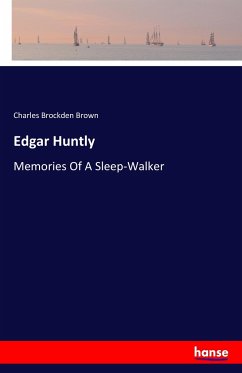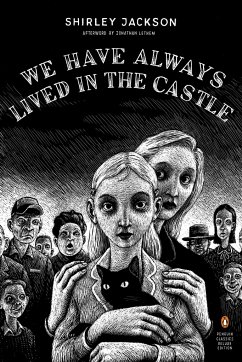
Wieland
or, The Transformation: An American Tale and Other Stories
Versandkostenfrei!
Versandfertig in 1-2 Wochen
21,99 €
inkl. MwSt.
Weitere Ausgaben:

PAYBACK Punkte
11 °P sammeln!
Called a "remarkable story” by John Greenleaf Whittier and described by John Keats as "very powerful,” Wieland, Charles Brockden Brown's disturbing 1798 tale of terror, is a masterpiece involving spontaneous combustion, disembodied voices, religious mania, and a gruesome murder based on a real-life incident. This Modern Library Paperback Classic includes Wieland's fragmentary sequel, Memoirs of Carwin the Biloquist, as well as several other important but hard-to-find Brockden Brown short stories, including "Thessalonica,” "Walstein's School of History,” and "Death of Cicero.” This co...
Called a "remarkable story” by John Greenleaf Whittier and described by John Keats as "very powerful,” Wieland, Charles Brockden Brown's disturbing 1798 tale of terror, is a masterpiece involving spontaneous combustion, disembodied voices, religious mania, and a gruesome murder based on a real-life incident. This Modern Library Paperback Classic includes Wieland's fragmentary sequel, Memoirs of Carwin the Biloquist, as well as several other important but hard-to-find Brockden Brown short stories, including "Thessalonica,” "Walstein's School of History,” and "Death of Cicero.” This collection also reproduces the newspaper account of the murder that inspired Wieland.










